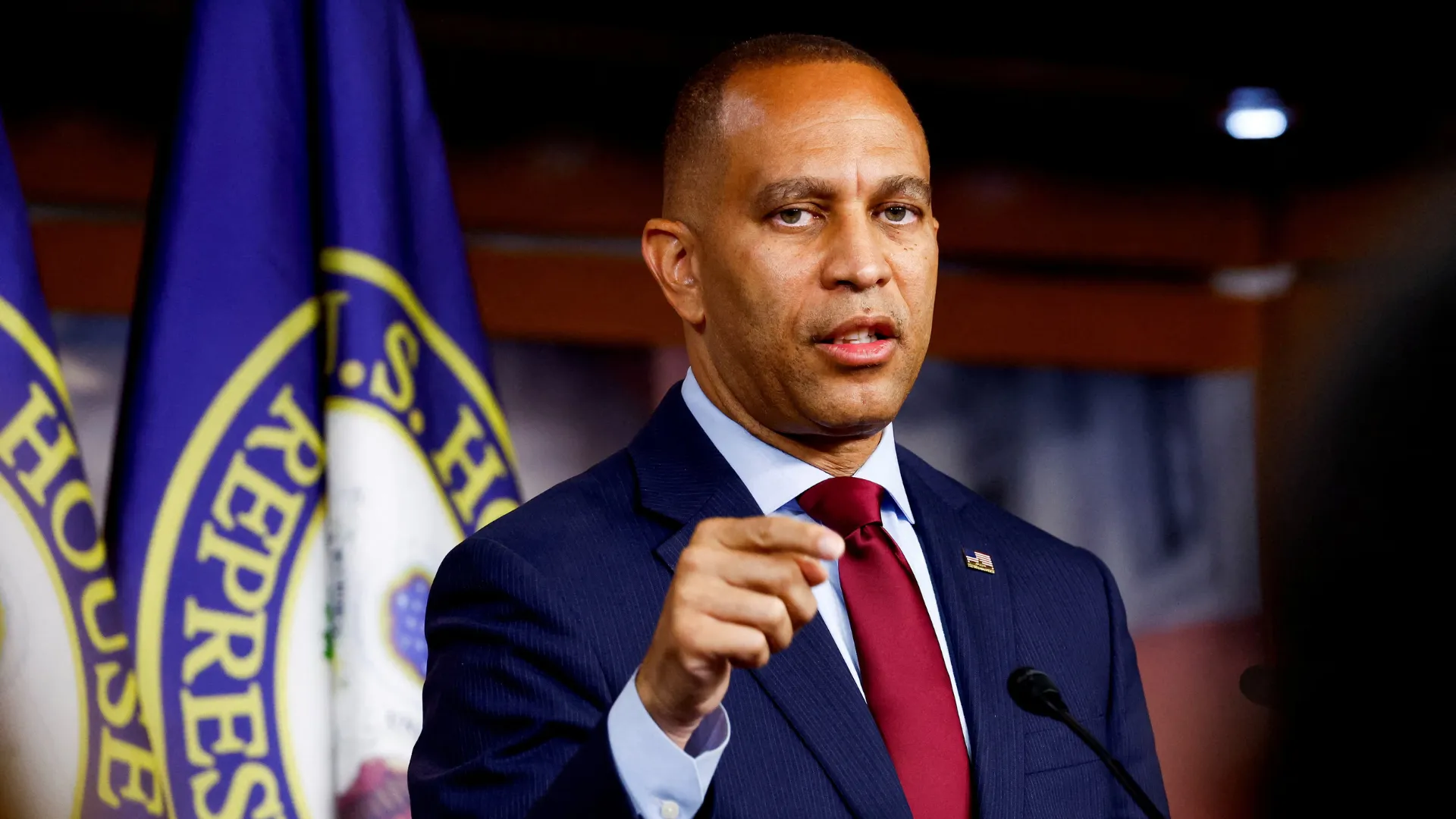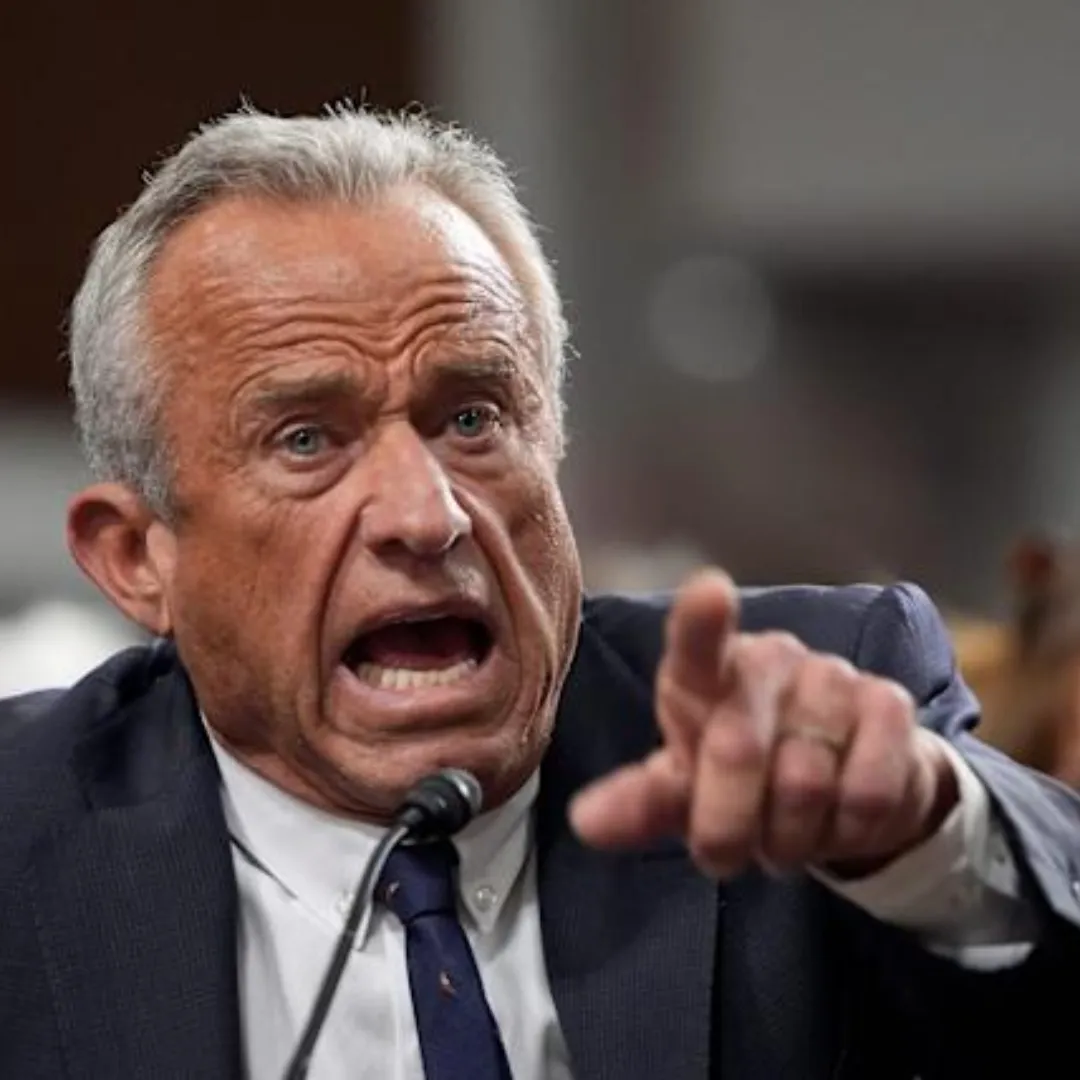Today, across all 50 states, hundreds of thousands of people are marching in the streets, raising their voices in protest against what they say is a dangerous takeover of the U.S. government by President Donald Trump and his ally, tech billionaire Elon Musk.
The “Hands Off!” movement, which has quickly gained momentum across the country, is being called one of the largest single-day protest events since Trump began his second term in office.
More than 400,000 people have registered to attend demonstrations in over 1,000 cities, from big metropolises to small towns.
The protests are not only a reaction to recent policies by the Trump administration but also a growing response to what activists describe as “the billionaire class” consolidating power and stripping away programs that support everyday Americans.
The message is loud and clear: “Hands off our democracy, hands off our rights, and hands off our future.”
The movement’s website declares, “Donald Trump and Elon Musk think this country belongs to them. They’re taking everything they can get their hands on and daring the world to stop them. On April 5, we are rising up together to say: Enough.”
The protests are being organized by a coalition of nearly 200 groups, led by the progressive organization Indivisible. Other key partners include the American Civil Liberties Union (ACLU), the League of Women Voters, Planned Parenthood Action Fund, MoveOn, and dozens of environmental, labor, and civil rights organizations.
Organizers say that this moment is about more than just partisan politics. “This isn’t just about Trump or Musk,” said Indivisible co-founder Leah Greenberg in a national livestream last night. “This is about stopping a coordinated, calculated effort to dismantle the programs, protections, and freedoms that working people across America depend on.”
Rallies are taking place outside state capitol buildings, federal offices, city halls, and other symbolic public spaces. Many of the protests include speeches, music, art installations, and moments of silence to honor those who have been impacted by recent government policies — including immigrant families, transgender youth, and laid-off federal workers.
In Washington D.C., over 12,000 people are gathered on the National Mall. Reps. Jamie Raskin (D-MD) and Maxwell Frost (D-FL), two outspoken critics of the Trump administration, are among the featured speakers.
The turnout in the capital is so significant that the White House postponed its annual spring garden tour, citing safety and crowd control concerns.
The “Hands Off!” campaign has three main demands. First, they want to put an end to what they describe as a “billionaire takeover and rampant corruption” within the federal government.
Activists say that ultra-wealthy elites, including Elon Musk, are being given far too much influence over public policy, especially through private appointments to key government positions.
Second, the movement is pushing back against federal budget cuts that could affect Social Security, Medicare, Medicaid, and other programs that millions of Americans rely on.
While President Trump has publicly said these programs will not be cut, critics argue that the administration’s proposed spending reductions are impossible without directly harming benefits.
Third, the protests call for an immediate halt to the administration’s actions targeting vulnerable communities. That includes immigrants facing deportation, transgender Americans facing rollback of rights, and activists being monitored or punished for dissent.
“This isn’t just policy — it’s persecution,” said protester Angela Torres, who attended a rally in Los Angeles.
The movement argues that these issues are all connected. “Whether it's a senior who’s scared of losing Medicare or a trans kid who’s being erased from school records — these are attacks on dignity, survival, and freedom,” said Sarah Nguyen, a spokesperson for the protest’s national organizing team.
One of the most controversial elements of the current administration is Elon Musk’s leadership of the newly created Department of Government Efficiency. The department has been given wide power to reduce the size and cost of the federal government, and Musk has already announced large layoffs, office closures, and the automation of several federal services.
While the Trump administration praises Musk’s work as “innovative and future-facing,” many critics say these changes are dangerous and lack accountability. Public service unions have warned of the devastating effects on working families, while some states report delays in key services such as unemployment assistance and housing support.
“Elon Musk isn’t elected. He’s not accountable to the public. Yet he’s being allowed to restructure the federal government like it’s a company he bought off Twitter,” said Rep. Maxwell Frost during his speech in D.C. “That’s not democracy. That’s dictatorship by the rich.”
Activists are especially concerned about the growing use of artificial intelligence in public decision-making, which Musk’s department has championed. “They’re turning over our government to algorithms that nobody understands or controls,” said technologist and protester Malik Johnson. “That’s not efficiency — that’s erasure.”
Despite the anger and urgency driving the protests, organizers have stressed a strict commitment to nonviolence. The official protest guidelines state that all participants must remain peaceful, deescalate any confrontations, and avoid engaging with counter-protesters in any hostile way.
The protest website explains: “Nonviolence is not only a strategy — it’s a principle. We show our strength by staying peaceful, even when others try to provoke us.”
Many demonstrations have included community safety teams, legal observers, and medics on site. Local police departments in several cities have issued statements saying they are coordinating closely with protest organizers to ensure a safe environment for everyone.
President Trump, who is currently at Mar-a-Lago for the weekend, has not yet released a statement about the protests. However, a White House spokesperson said Friday that the administration “fully supports the rights of Americans to protest peacefully” and that the President “stands by his commitment to protect Social Security and Medicare while rooting out fraud and waste.”
Critics, however, say that the math doesn’t add up. According to an independent budget analysis released earlier this week, the administration’s proposed cuts total more than $700 billion over the next decade — a figure that experts say cannot be reached without slashing core benefits.
In response, MoveOn released a public statement calling the White House’s promises “empty and misleading.” “We’ve seen this playbook before,” said MoveOn’s executive director, Rahna Epting. “They say they’re protecting us while cutting from under our feet.”
For many participants, this protest feels different than past marches. There’s a sense that this is not just about a single issue, but about the future of democracy itself.
“I marched in 2020. I marched in 2021. But this? This feels like a breaking point,” said 64-year-old retiree Janet Liu, attending a rally in San Francisco. “They’re not even pretending to hide it anymore. They want to take everything. And we’re here to say, you can’t.”
Young people, too, are showing up in force. At rallies in Atlanta, Detroit, and Phoenix, college students and teenagers led chants, held signs, and registered new voters on the spot. Some high schoolers even organized walkouts to attend the events.
“This is our future, and we won’t sit back while it’s stolen from us,” said 17-year-old student activist Miguel Sanchez.

As the sun sets on April 5, protests continue in cities across all time zones. Organizers say this is just the beginning. Plans are already in motion for follow-up events, community organizing drives, and a major voter registration push ahead of the 2026 midterms.
“This is more than a protest,” said Leah Greenberg. “It’s a movement. It’s the people waking up. And we’re not going anywhere.”




-1734287777-q80.webp)

